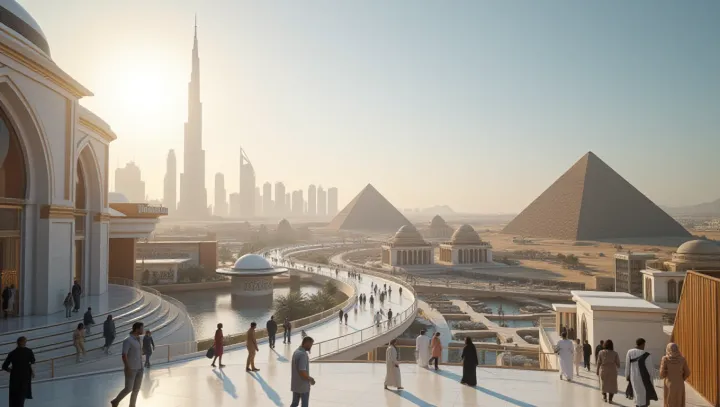Strategic Travel Boom in Wealthy Arab Nations

The affluent Arab nations are capitalizing on their natural and cultural wealth to boost tourism, redefining their global stance. With strategic initiatives, countries such as the United Arab Emirates and Saudi Arabia are leading this tourism evolution, drawing millions of visitors annually. Key landmarks, including Burj Khalifa and Al-Ula, are central to these countries' tourism strategies.
As Harun Al-Rashid, a Middle East tourism expert, emphasizes, 'These sites are not merely attractions; they are anchors in a broader narrative of cultural and economic renaissance.' The strategic shift towards tourism is not merely for financial diversification but also a cultural diplomacy tools, enhancing the region's global image. This surge in travel comes amidst a competitive global travel market, positioning entire nations as indispensable tourist destinations. Experts cite a combination of state-of-the-art infrastructure, high-quality visitor experiences, and extensive global marketing as pivotal to the sustained success of tourism strategies in these nations.
The implications are monumental, influencing everything from employment rates to national GDP.
